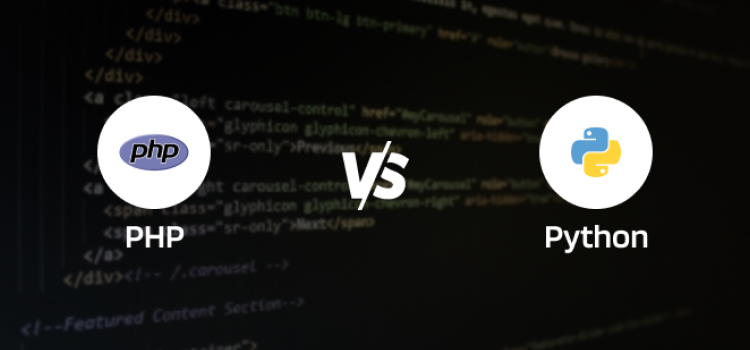In the ever-evolving landscape of web development, selecting the right programming language is paramount. Two stalwarts, Python and PHP, often find themselves in the spotlight. Each has its strengths and use cases, making the choice between them a nuanced decision.
1. Python: Versatility and Readability:
Python’s readability and simplicity are legendary. It follows a clean and elegant syntax that resembles the English language, making it an excellent choice for beginners and seasoned developers alike. Python is a versatile language used for web development, data analysis, artificial intelligence, and more.
2. PHP: Web-Centric Powerhouse:
PHP has been a stalwart in web development for years. Its primary focus is server-side scripting, making it a go-to language for building dynamic websites. PHP seamlessly integrates with HTML, making it an accessible choice for developers working on server-side scripting for web applications.
3. Python: Thriving Ecosystem:
Python boasts a vast ecosystem of libraries and frameworks. Django and Flask are popular frameworks for web development, emphasizing rapid development and clean, pragmatic design. Python’s extensive libraries contribute to its versatility, with applications spanning domains from data science to web development.
4. PHP: Web Development Specialization:
PHP is a specialized language tailored for web development. It excels in handling server-side tasks, such as managing databases and processing form data. PHP frameworks like Laravel and Symfony facilitate efficient and structured web application development.
5. Python: Learning Curve:
Python’s learning curve is considered gentle, making it an ideal language for newcomers. Its straightforward syntax allows developers to focus on problem-solving rather than intricate language intricacies. This has contributed to Python’s popularity in educational settings.
6. PHP: Embedded in HTML:
One notable feature of PHP is its seamless integration with HTML. PHP code can be embedded directly into HTML, simplifying the process of creating dynamic web pages. This direct embedding is advantageous for developers working on server-side scripting.
7. Python: Data Science and AI:
Python’s prowess in data science and artificial intelligence is unparalleled. Libraries like NumPy, pandas, and TensorFlow have established Python as a primary language for data-centric applications. Its readability and extensive support make it a favorite in these domains.
8. PHP: Web Speed and Performance:
PHP excels in the execution of web-specific tasks. Its focus on web development allows it to offer excellent speed and performance for server-side operations, making it an efficient choice for building dynamic websites.
9. Python: Community and Support:
Python benefits from a vibrant and inclusive community. The community-driven development model ensures a constant influx of new ideas, libraries, and solutions. This collaborative ethos contributes to Python’s resilience and adaptability.
10. PHP: Legacy Systems and WordPress:
PHP remains a cornerstone in web development, especially for legacy systems. It is the backbone of platforms like WordPress, powering a significant portion of the web. PHP’s prevalence in legacy systems makes it a relevant skill for maintaining and upgrading existing applications.
In conclusion, the choice between Python and PHP hinges on the project’s requirements and the developer’s familiarity with each language. Python’s versatility and readability make it an excellent choice for a myriad of applications, while PHP’s specialization in web development positions it as a powerhouse for dynamic and server-side scripting. Ultimately, the right choice depends on the specific needs of the project, the development team’s expertise, and the broader ecosystem within which the language will operate.
